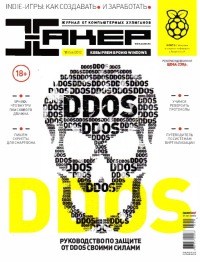
Аннотация
Continuous delivery (CD) is fundamentally a set of practices and disciplines in which software delivery teams produce valuable and robust software in short cycles. Care is taken to ensure that functionality is added in small increments and that the software can be reliably released at any time. This maximizes the opportunity for rapid feedback and learning.
Using containers to package and deploy applications is causing a seismic shift in the way software is developed, and you may wonder how, or if, Java works with this new paradigm. In fact, combining Java with container technology can bring out the best in both. With this report, you’ll learn valuable techniques, methodologies, and advice for continuously delivering Java applications with containers, from both an architectural and operational perspective.
To help you follow the book’s examples, author Daniel Bryant includes a simple ecommerce application that includes three microservices, a Docker Compose file, and a Jenkins build pipeline. You can clone the GitHub repository locally and learn firsthand how the continuous delivery process with Docker works. Much of the advice and patterns in this guide also apply to several other container technologies.
With this report, you’ll explore:
- Continuous delivery basics with Java—and how JAR and WAR files differ from containers
- How Docker impacts a typical Java application CD build pipeline
- The impact of microservices and cloud-native Twelve-Factor Applications on Java architectural patterns
- How containers affect functional testing, and non-functional performance and security testing
- Host-level monitoring, container-level metrics, and application-level health checks








Комментарии к книге "Containerizing Continuous Delivery in Java"